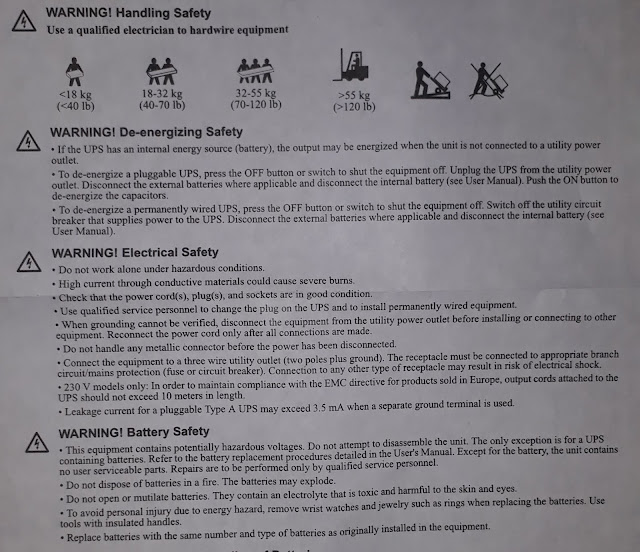“The increasing demand
for elevators and escalators is estimated at 20 per cent, annually, in Mumbai.
The sad part is that despite lift sales booming, there exist only ‘recommended’
safety standards and not ‘mandatory’ standards. Mumbai still relies on the
archaic Bombay Lifts Act, 1958. Every lift should be checked twice in a year by
the government agencies, but this is rarely done physically, although it is
shown on paper,” laments Sharma.
Advocate Vinod Sampat says it should go beyond legal issues. “It is a matter of
safety. Human lives are at stake,”
he says. “The
residents and the managing committees of residential housing societies should
not neglect their responsibilities. Currently, the trend is that the cheapest
contractor gets the maintenance job. This needs to change,” he insists. Sharma
points out that inspection of lifts is done by the Public Works Department of
the state government. In Mumbai, there are less than 50 PWD engineers and there
are more than 40,000 lifts. This acute manpower shortage makes it impossible to
check every lift in this sprawling city, he adds.
Sampat points out
further anomalies. In case of accidents, the manufacturer also doubles up as an
‘investigator’ along with the government agency. So, it is very rare that one
finds a lift manufacturer being prosecuted, he explains. “At best, the sufferer
goes to the consumer court, to claim compensation for damages caused and the
courts already have a huge backlog. Even if the litigant succeeds, the
manufacturer usually gets away with paying a fine and his culpability does not
result in criminal action against him,” he elaborates.
Lifts that are either
manufactured by or maintained by the ‘unorganised’ sector, are the ones in
which
maximum problems occur, says Borivlibased architect, Vilas Bagul. “If a littleknown
company has quoted a lower amount than the recognised players, for a lift with
similar specifications, one can safely assume that there might be more than the
usual share of troubles for residents while using that lift,” he points out.
Why do lifts turn into safety hazards?
Mumbai Mirror
However, residents often remain unawares, until they ask the society’s
committee members about the agency servicing the lift, he says.
According to Sharma,
it is the lack of awareness, disregard for safety precautions and overcrowding
of the lifts, which commonly result in accidents. “Members often do not know
whom to contact in case of an emergency. Ideally, the maintenance service
contract should be given to the manufacturer, but in most societies, the
committee members hire the cheapest contractors, to save some money. These
contractors hardly have the technical skills and the experienced manpower to do
regular maintenance, leave alone handling disasters,” he points out.
Elevator safety expert,
Rajnikant Lad maintains that lifts do not cause accidents. “Improper
maintenance and incorrect use are the root cause of accidents, 99 per cent of
the time,” he explains. “A lift has inbuilt safety measures. But, if users are
not aware of the same, or do not ensure regular maintenance, then, the safety
measures cannot be put to optimum use, when required and this, along with
improper use, leads to incidents that can sometimes be fatal,” he points out.
Sharma points out that
in some cases, society office bearers make money through overpriced maintenance
contracts and hand over the job to their favourites, without doing a background
check on their capacity and capability to service the equipment. In such cases,
the members should hold the society responsible for the
losses caused to men and material in case of accidents and lift tragedies, he
suggests.
Lad concludes, by
saying that if the users are made aware of the safety-related issues and facts
and they adopt the required means to keep themselves safe while using the lift,
we can have a situation where no more fatal elevator accidents would occur.





Comments
Post a Comment